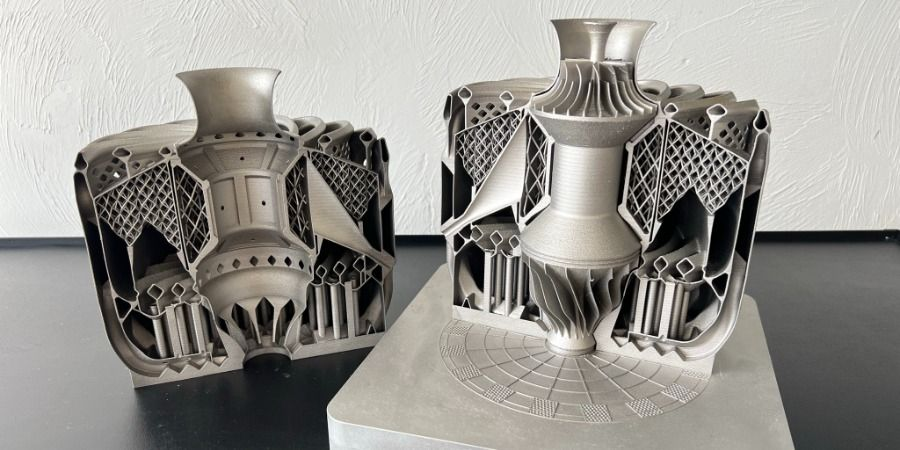In a huge step towards the future of power generation and propulsion, a team led by Associate Professor Beni Cukurel at Technion – Israel Institute of Technology, has designed a micro gas turbine using additive manufacturing (AM), also known as 3D printing. This revolutionary development presents an ingenious approach towards the ‘Design for Additive Manufacturing’ principle, significantly challenging conventional manufacturing paradigms.
Unlike conventional manufacturing techniques, Cukurel’s team and the Turbomachinery and Heat Transfer laboratory tapped into the potential of AM in its purest form. In his words, “When you’re using [AM] just as another manufacturing technique, you’re not really fully capitalizing on the benefits of additive manufacturing.” Rather than simply integrating AM as an alternative tool, the team reimagined it as a core resource, creating designs a priori to satisfy constraints and leverage the benefits of AM.
At the heart of their research are micro gas turbines, designed for proportionate power generation. Cukurel defines micro gas turbines as systems capable of generating electricity below 300 kilowatts and thrust below two kilonewtons. Taking the AM approach, the team started their first project, a 5cm scale micro gas turbine that could potentially provide 300 watts for a drone. The micro turbine offers a significant increase in flight time due to its higher energy density compared to conventional batteries.

When asked about the material used in the component being discussed, Cukurel confirms that it’s a metal part printed with an EOS M 290. “We’re also using Lithoz for all our ceramic manufacturing,” he adds. Lithoz is a ceramic manufacturing company that Cukurel speaks highly of, stating that they’ve been “very supportive and enthusiastic about this unique application of the technology.”
Ceramic components, while being tougher to manufacture, offer advantages like smaller defect sizes and smoother finishes, leading to improved aerodynamic performance. This performance translates into significant savings in fuel consumption, hence the potential appeal of using ceramics for specific components.
These groundbreaking concepts and future applications could change the world as we know it. As we face the existential threat of climate change, innovations like these are not just intriguing; they may be crucial for our survival.
Read the full interview by 3D Printing Industry here.
*Header image: Monolithic additively manufactured silicon nitride rotor of ultra micro gas turbine, designed to operate at 500,000 RPM. Photo via Technion Turbomachinery and Heat Transfer laboratory.
